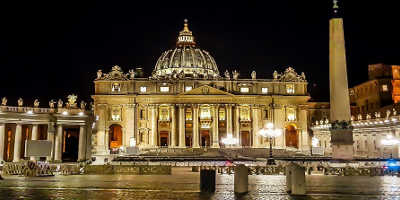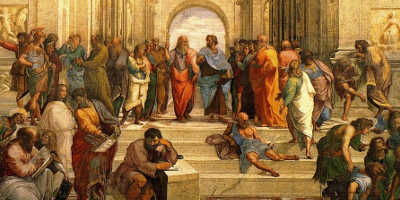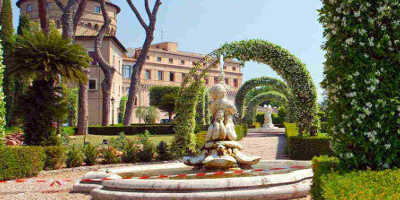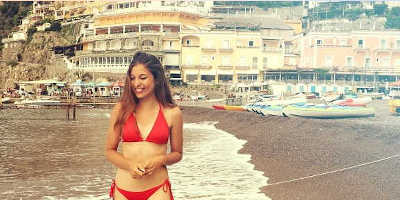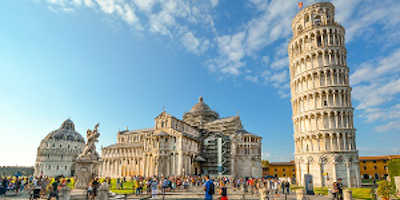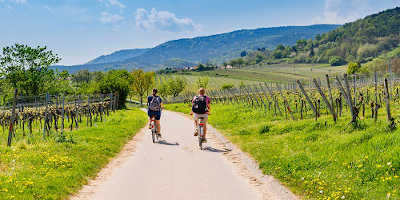Why is the Sistine Chapel so important?
Italy’s most treasured landmark lies in the heart of the Vatican City – The Sistine Chapel. It brings millions of travellers to its doors every year, being one of the most visited landmarks in all of Europe. But what makes this old chapel so important?
What grabs people’s attention when visiting the Sistine Chapel is not its architecture, but the frescoes that completely cover the walls and the ceiling. As the pope’s own chapel, the Sistine Chapel is the site of the principal papal ceremonies and is used by the Sacred College of Cardinals for their election of a new pop when there is a vacancy. But when it’s not being used for practical reasons, the chapel is being flooded by tourists from around the world who all want a glimpse at the magnificent paintings hidden within.
The History of the Sistine Chapel
The Sistine we know today was actually built on the basic foundation of a much older chapel, the Capella Magna. It was commissioned by Pope Sixtus IV in the 1470s, which is how the Sistine Chapel got its name, as in Italian it’s pronounced ‘Sisto.’ Numerous artists were commissioned to do the inside paintings, including Sandro Botticelli, Pietro Perugino, Domenico Ghirlandaio, Pinturicchio, and Cosimo Roselli. At the time the Sistine Chapel’s ceiling was a plain blue sky with a few stars scattered across it. This was the canvas Michelangelo eventually painted over, providing us with one of the most celebrated bits of artwork in history. It was in 1508, when Pope Julius II commissioned the ceiling to have a revamp, that the inside changed, and wasn’t completed until 1512. The pope instructed the famous artist, Michelangelo, to redo the ceiling in detail, but this wasn’t decided without some persuading from the pope. Being at the height of his fame at the time, and having completed works like ‘David’, Michelangelo was in a position to accept or reject any projects that came his way. He initially rejected the Sistine Chapel because Michelangelo felt he was first and foremost a sculptor and preferred to mould materials rather paint and had little brushwork experience. To persuade him, Pope Sixtus IV offered a comission of 40 sculptures for his tomb. This must have work because Michelangelo agreed and began to work on the ceiling. 4 years on, the painting was completed and now stands as one of Michelangelo’s most-celebrated works, but at a cost to his eyesight which had undergone unbelievable strain during the project.
The Decoration of the Sistine Chapel
Before Michelangelo started with the ceiling, he asked his painter friends to help teach him. However, after seeing their style of painting, he quickly dismissed them and created his own. Michelangelo was renown for doing his own thing, sometimes getting criticised when he went off-topic from what his commissioner had originally planned. The Pope, however, had faith in his abilities and let him do what he wanted. It’s, therefore, no surprise that he also dismissed the first design of the ceiling which was meant to be of the twelve apostles. Instead, Michelangelo created his own design thinking the twelve apostles were not grand enough. He then designed a vast painting of three hundred figures, all coming together to illustrate Man’s time on earth before the coming of Jesus Christ. Each section of the ceiling is covered, with different sections including the centre ceiling series, the pendentives, prophets, and the ancestors. Each section displays a part of the overall story, for example, the centre of the ceiling depicts a series of nine scenes, Illustrating the Story of Creation, the Downfall of Humanity as well as the Story of Noah.
Although many thought Michelangelo painted the ceiling on his back, he never worked in this position. Instead, he designed and created a unique scaffolding system sturdy enough to hold enough workers and materials and high enough to reach the ceiling. The scaffolding curved at its top, which imitated the curve of the ceiling. Due to the design, Michelangelo often had to bend backwards and paint over his head, which caused permanent damage to his eyesight and neck.
Other Paintings in the Sistine Chapel
As if this monumental task wasn’t enough, Michelangelo also painted other areas of the Chapel, including the Last Judgement. This is a fresco that covers the whole altar wall of the Sistine Chapel, depicting the second coming of Christ and the final judgement by God of all humanity. Similarly to the ceiling, the work took over 4 years to complete, between 1536 and 1541. Michelangelo began working on it 25 years after having finished the Sistine Chapel ceiling and was almost 70 when he finished it. The work received a mixed reception on both artistic and religious grounds. Some believed the painting was inappropriate in its level of nudity and the muscular style of the bodies created, whilst others disagreed with the artists’ general composition. It wasn’t until 1535 that Michelangelo started to create The Last Judgment. Both pieces are prized possessions in Italy, as some of the most recognisable paintings throughout the world.
The epic history and astonishing artwork have made this chapel one of the most important landmarks in Europe. The history and religion of the chapel represent Italy’s rich culture, and the art has played a significant role in past and present artists. Inspiring and motivating history’s great artists to produce their prize pieces.
See the Sistine Chapel on our Vatican City and Sistine Chapel Tour which includes skip-the-line tickets, a local guide and an audio headset!


